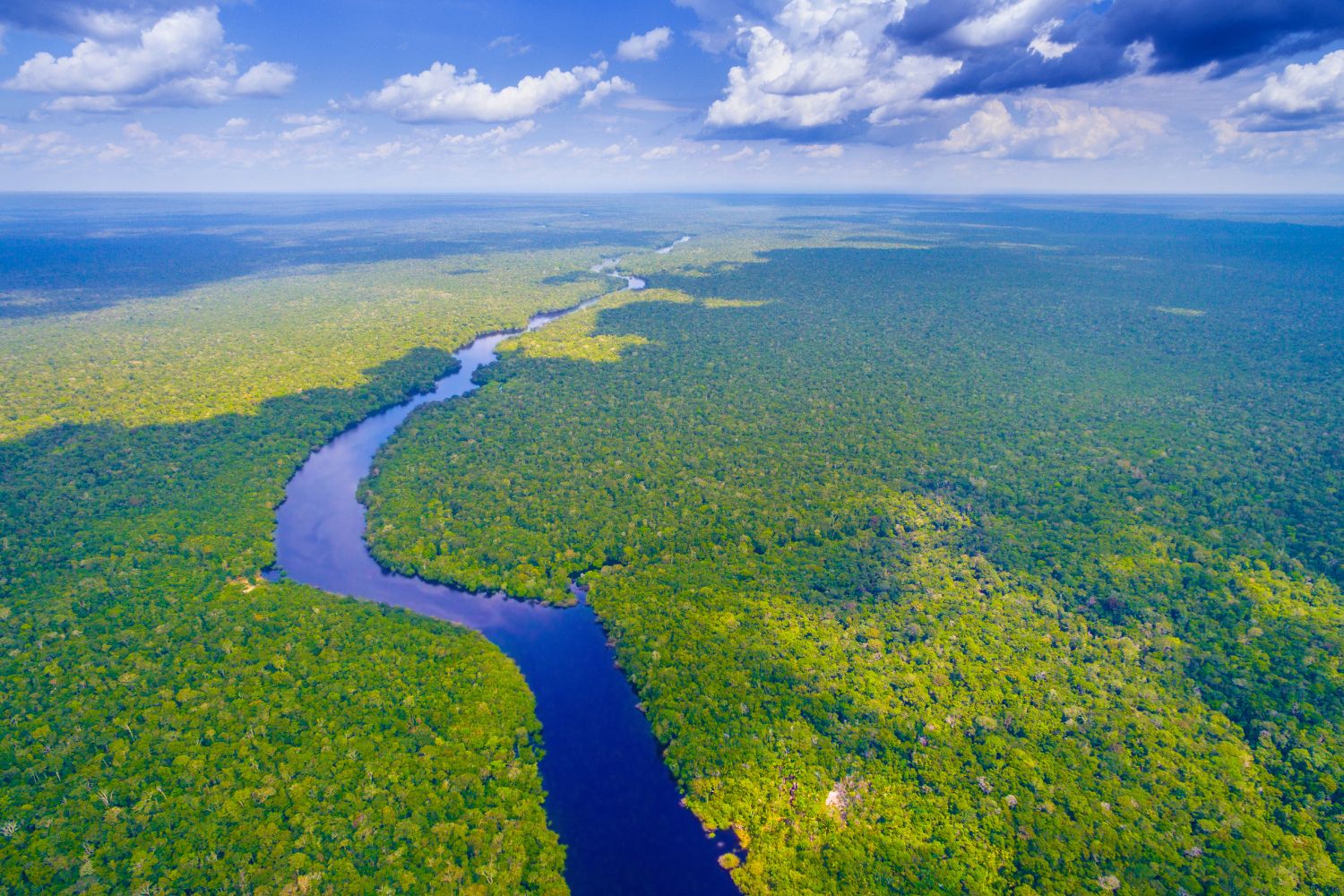Brazil pledges $1B to a new fund that will reward forest conservation directly, aiming to scale up to $125B and shift global climate policy through financial incentives.

Table of contents
One billion dollars. That’s the commitment put forward by Brazilian President Luiz Inácio Lula da Silva during the United Nations Climate Week—a bold promise to kickstart a new global financial mechanism meant to make conserving tropical forests more profitable than destroying them.
The fund is called the Tropical Forests Forever Fund (TFFF) and it’s set to be officially launched at COP30 in Belém, deep in the heart of the Brazilian Amazon, this November. If it works as planned, this initiative might shift the logic of the global economy when it comes to forests: protect them not out of moral duty or political pressure, but because it pays better to keep them standing.
“Brazil will lead by example and become the first country to commit one billion dollars to the fund,” Lula announced on Tuesday, September 23rd, urging other international partners to step up with “equally ambitious contributions.”
The goal is clear: to turn forest protection into a bankable asset, generating a stable and predictable annual income for countries that succeed in keeping their ecosystems intact.
How the fund works
Unlike traditional models that pay for reduced emissions, the TFFF will pay directly for conserved forest land—shifting the economic logic from carbon offsets to tangible preservation. At full capacity, the fund aims to generate about $4 billion per year, to be distributed among participating nations based on the number of hectares (acres) of forest they preserve.
To break that down, countries could earn up to $4 per hectare (roughly $1.62 per acre) annually. Payments will be tied to verified results, with satellite monitoring systems used to ensure that each country keeps deforestation below 0.5% per year.
“Each year, satellite monitoring will help determine whether countries are meeting their target of keeping deforestation below 0.5 percent.” Lula explained.
Brazil already has a robust monitoring system through its INPE (National Institute for Space Research)—a model that could serve as a blueprint for other countries. In total, over 70 tropical forest nations will be eligible to benefit from the fund.
And they’ll have freedom to decide how to allocate the money. In Brazil, for example, the Ministry of the Environment has proposed strengthening social programs like Bolsa Verde (a subsidy for low-income families living in protected areas), the National Payment for Environmental Services Policy, and investments in bioeconomy development. But there’s one non-negotiable requirement: at least 20% of the funds must go directly to Indigenous and traditional communities.
“Allocating part of these resources to those who have always protected our forests ensures they receive the support they deserve,” Lula concluded.
Building a $125 billion architecture
This is not just another donation-based aid program. The TFFF’s ultimate vision is to build a $125 billion endowment, with an initial $25 billion from governments and philanthropic donors acting as “junior capital.” In plain terms, that means public money would take on the initial investment risk, absorbing potential losses to make the fund more attractive to private investors.
And that’s where the real scale comes in. This structure is designed to bring in an additional $100 billion from institutional players like pension funds, sovereign wealth funds, and investment banks. Importantly, the fund will have explicit safeguards against supporting fossil fuel projects, directing capital only toward green and sustainable initiatives.
The TFFF has been in the works since COP28 in Dubai, and Brazil is not alone anymore. Colombia, Ghana, the Democratic Republic of Congo, Indonesia, and Malaysia have already joined the initiative. Interest is growing from major players like Germany, the UAE, France, Norway, and the UK.
“It marks a turning point,” Razan Khalifa Al Mubarak, Special Envoy for Climate Change for the United Arab Emirates said, calling the TFFF “an innovative initiative led by the Global South.”
Two competing visions
This new incentive-driven model, born in the tropics and fueled by financial logic, emerges at a time when other approaches are hitting roadblocks. On the very same day Lula spoke, the European Commission signaled its intention to delay implementation of its landmark anti-deforestation law—again.
The EU regulation, known as EUDR, would require companies to trace their supply chains and ensure that products entering Europe are not linked to deforestation. It’s a potentially powerful tool. But it’s also facing intense resistance—from agricultural sectors, trading partners, and political forces that call it protectionist, expensive, and burdensome to enforce.
And so, two very different paths are taking shape. One is a “pull” model, offering economic incentives to make forest conservation profitable. The other is a “push” model, led by the European Union, trying to legislate sustainability through bans and compliance mechanisms.
The contrast is more than technical—it’s philosophical. The TFFF is betting that a shift in financial value systems can do more than regulations alone. Whether this proves true may well depend on how fast the billion-dollar promise becomes a global reality.
Source: COP30
